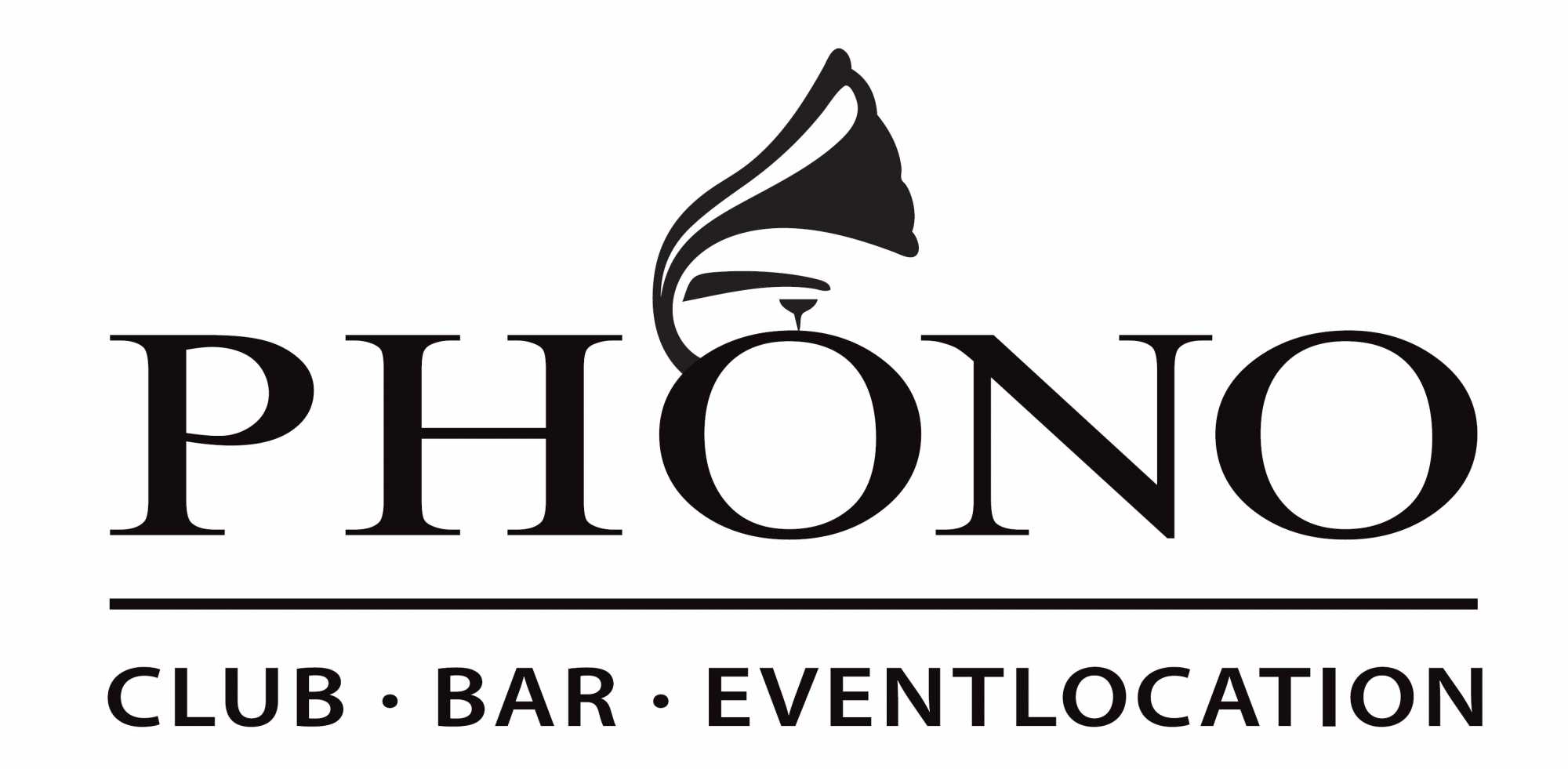- 1 | Thomas Martinelli
- 2 | Stefano Fabbris
- 3 | Michele Nicolussi Neff
- 4 | Simone Nicolussi Neff
- 5 | Octavian Buda
- 6 | Stefano Ilic
- 7 | Claudio Larcher
- 8 | Alex Gomiero
- 9 | Samuel Pedrazza
- 10 | Nicola Baldessari
- 11 | Christian Gomiero
- 12 | Luca Sordo
- 13 | Marzio Piccinini
- 14 | Lorenzo Piredda
- 15 | Marco Nicolussi Neff
- 16 | Devid Gasperi
- 17 | Moreno Nicolussi Paolaz
- 18 | Ezio Pattanaro
- 19 | Nicolò Berteotti
- 20 | Leonardo Pacher
- 21 | Rudy Nicolussi Neff
- 22 | Alessio Pergher
The F.C. Lusérn - Cimbrian Team at the EUROPEADA
The “ F.C. Lusérn - Cimbrian ” is the representative team of the Cimbrians in Italy.
The team has been competing since the inaugural European Championship in 2008 and has not missed a single one of the four competitions since.
The Cimbrians in Italy
The Cimbri are a people of German origin who came from Bavaria to the Italian Alpine foothills of Veneto and Trentino in the Middle Ages. Their skills in woodworking and woodcutting made it easy for them to settle. The Cimbri settled on the newly available farms in the mountains and developed their own culture and language as they were largely isolated from the outside world.
The Cimbrian minority lives mainly in Lusérn, a small village in the Italian Pre-Alps that has managed to preserve its uniqueness as a linguistic and cultural minority over the centuries. On this linguistic island, around 1,000 people speak Cimbrian, an old German dialect with a southern Bavarian sound that has only survived here. The historical roots of this minority lie in Germany; in the Middle Ages, settlers from Bavaria came to the Italian foothills of the Veneto and Trentino Alps, where they developed their own culture and language, shielded from the surrounding environment. Due to its isolation in the mountains, the Cimbrian language was very well preserved, despite the small number of speakers. The period of maximum expansion of the Cimbrian language was at the beginning of the 1700s, when the language was spoken in a vast area between the Adige and Brenta rivers, with about 20,000 speakers. Despite its dwindling numbers, the Cimbrian language remains officially recognized, protected, and promoted in Italy, ensuring the preservation of this rich linguistic and cultural heritage.




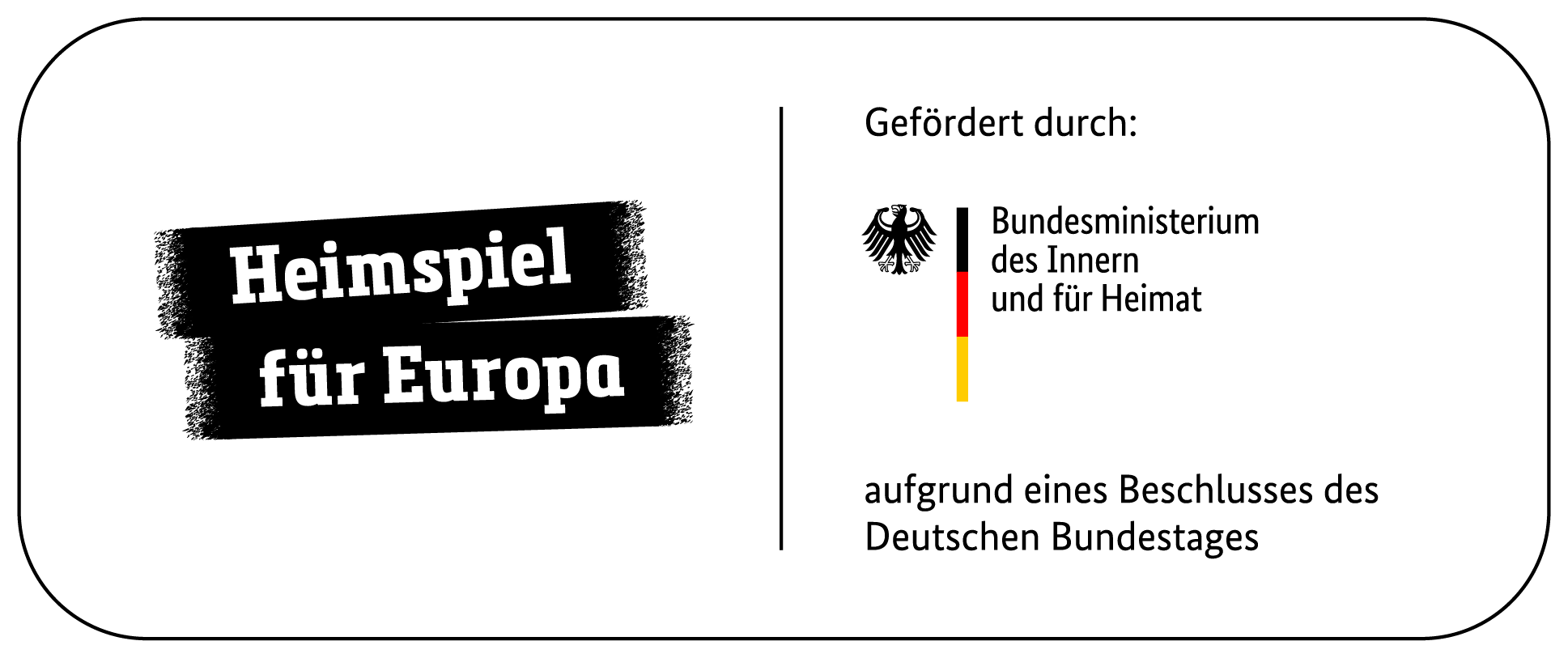
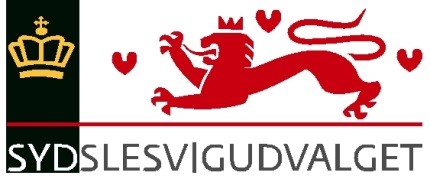



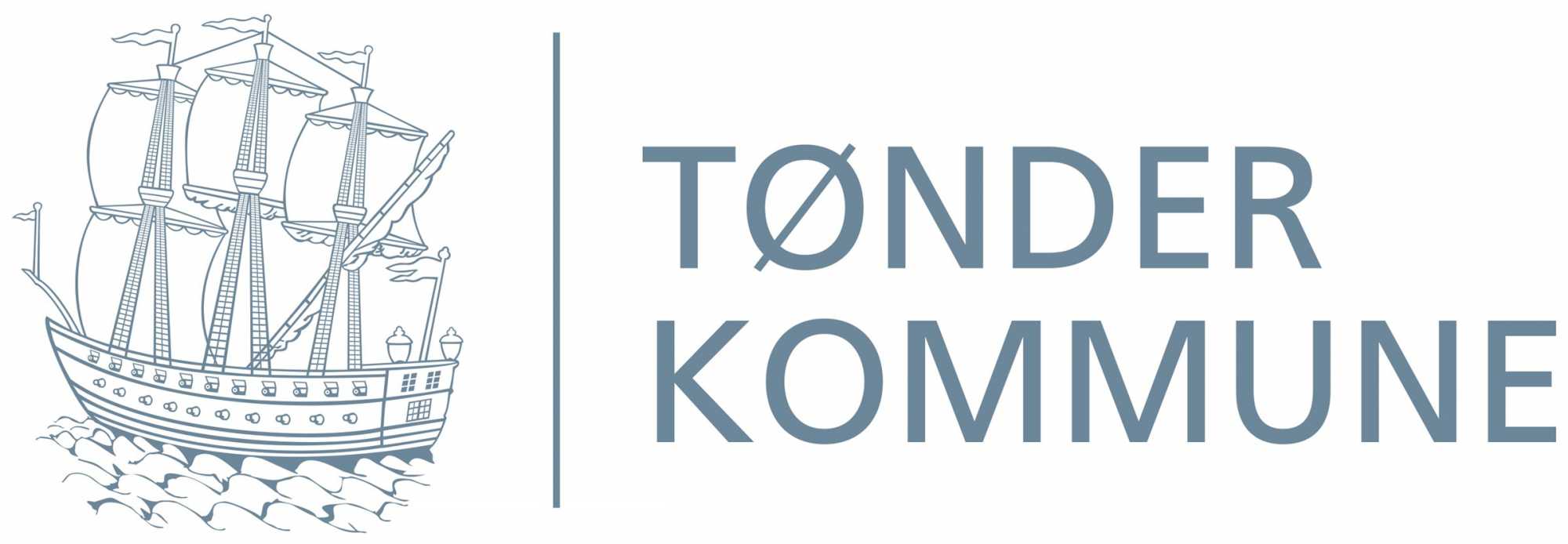
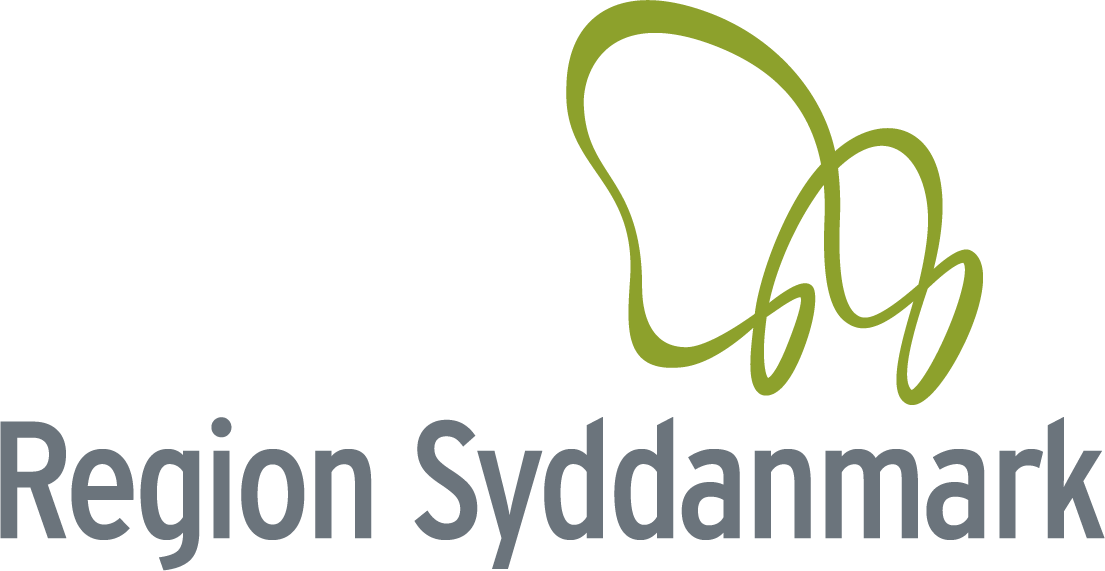
.png)




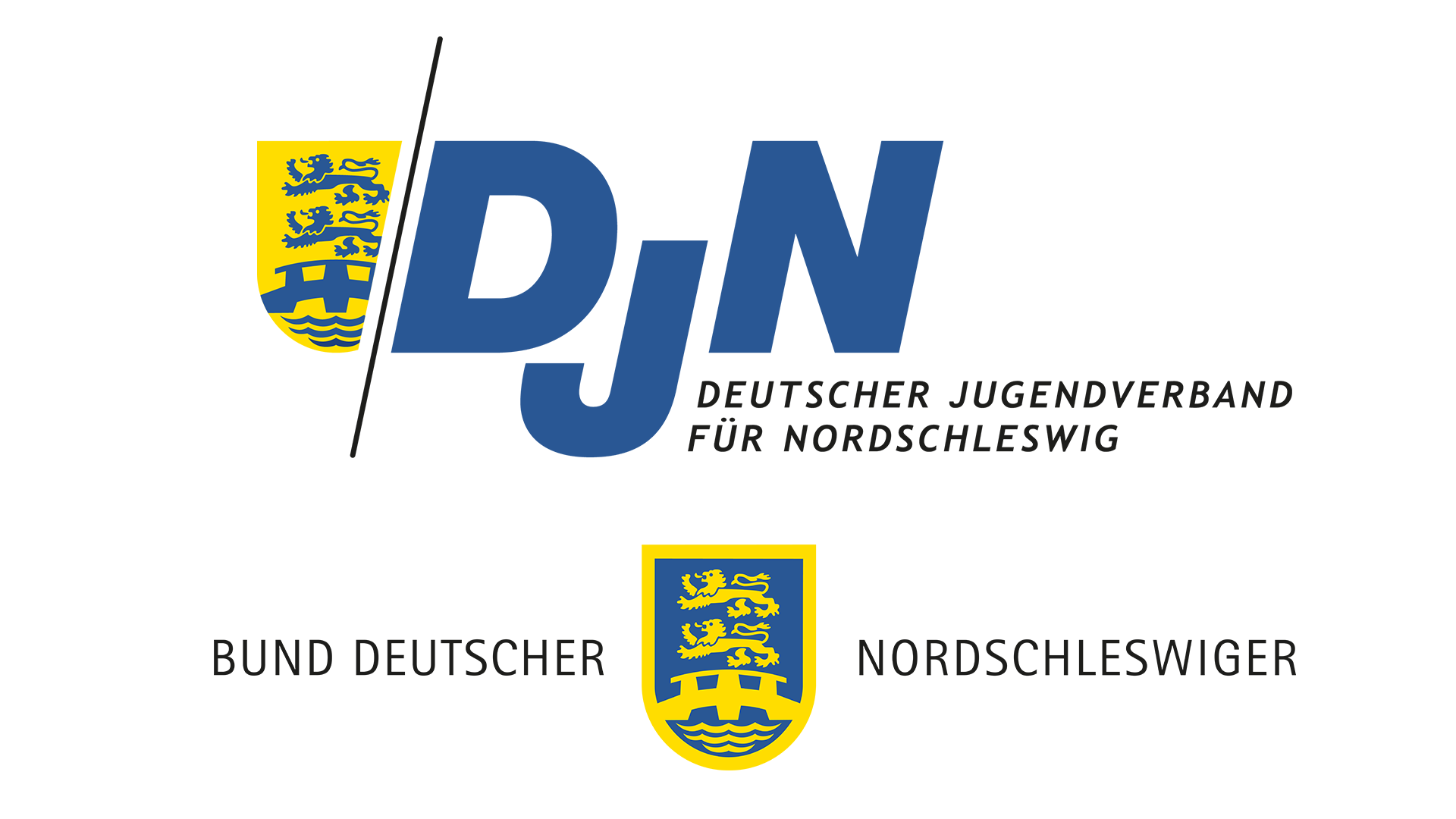
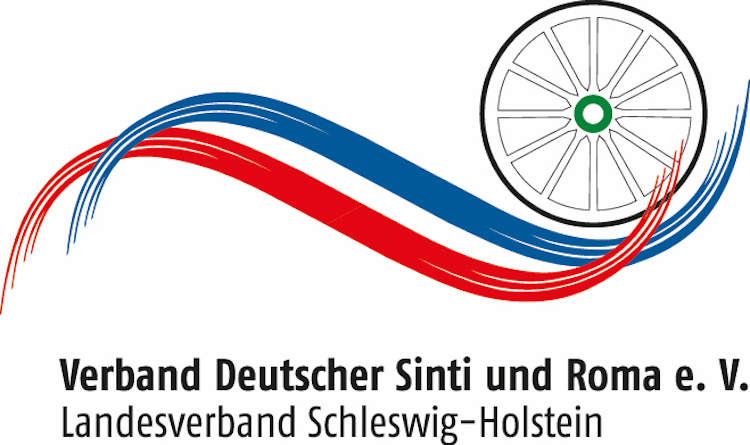












-1.png)
_(1).png)

